What is a “Spectral” PAR Meter? (vs traditional PAR meter/sensor)
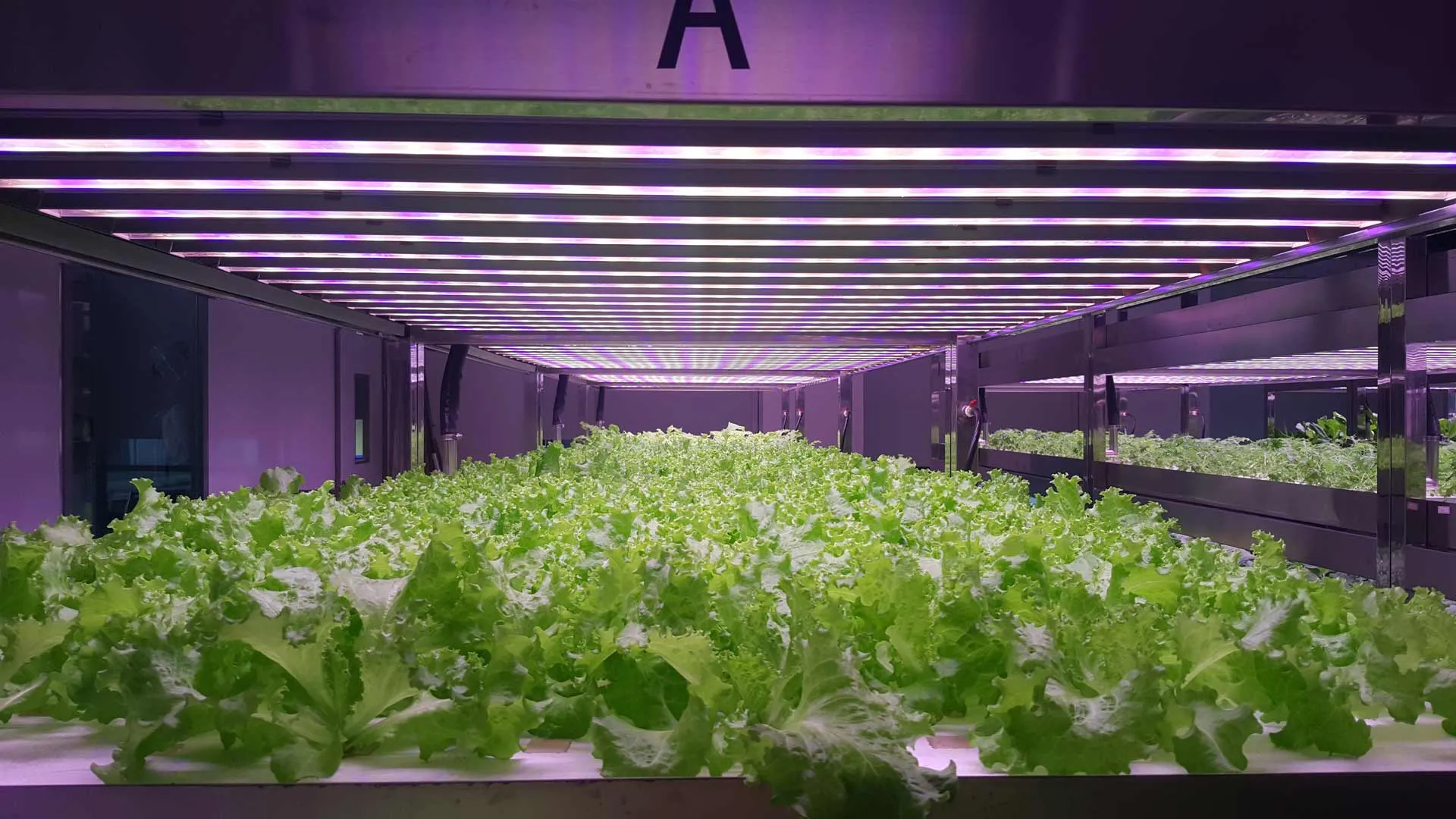
Spectral PAR Meters are making inroads into the Indoor Horticulture market, sharing space with Quantum PAR Meters & Sensors – and growers want to know why.
In this article, we compare these devices and detail the distinct advantages of Spectral devices for indoor farming.
Here are the topics we’ll cover:

Photo by Zoe Schaeffer on Unsplash
Background – Why measure light in Indoor Horticulture?
Measuring light is essential for indoor farming to ensure plants receive the right quality and quantity of light.
Geographic location, seasonal sun, and greenhouse conditions mean uncertainties about whether your plants are receiving adequate light. This challenge can be addressed by using light meters and sensors, which measure the quantity of light in photons using a measurement called PAR (Photosynthetic Active Radiation). This information is used with artificial lights to complement any deficiencies.

Grow Chambers Courtesy of Taiwan HiPoint Corporation
Quantum PAR sensors – A basic device
The most basic measuring device for light in indoor horticulture is a Quantum PAR Sensor, which is a thumb-sized cylindrical device with a cable. Growers can easily deploy these sensors throughout a greenhouse to collect light data, and they are relatively inexpensive ($50 to $100). Additionally, they are designed to be rugged, capable of withstanding moisture in a wet farming environment.
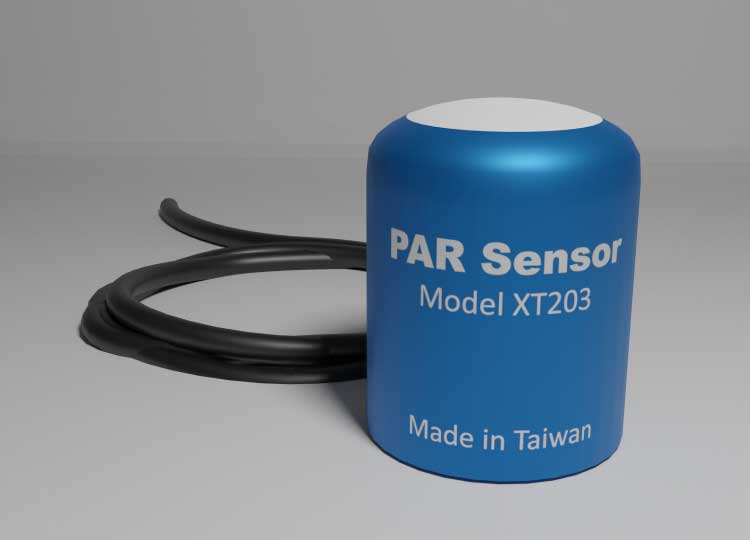
Thumb-sized Quantum PAR Sensor
However, Quantum PAR Sensors do not have a visual display and cannot operate or collect data independently. Instead, they need to be connected to a central data acquisition device that receives and stores the information for analysis. This connection can be established using conventional wiring or even an ethernet LAN.
The purpose of these sensors is to identify areas with insufficient light. Once the light deficiencies are revealed, growers can utilize artificial lighting to complement these areas, ensuring consistent plant quality, shape, and size.
Quantum PAR Meter – Measure, Display, and Store
A Quantum PAR Meter is a handheld device that counts photons (PAR), stores data, and displays it on a monochrome screen. It can have either a built-in PAR sensor or an attachable sensor. The price of these devices can range from $150 to $500 or more, depending on their quality, specifications, and features. Typically, growers use these devices for spot-checking the lighting in indoor facilities.
While the body of the meter is not waterproof, meters equipped with attachable waterproof PAR sensors can effectively reach under vertical shelving or beneath the canopy, where moisture or droplets may be present.
Spectral PAR Meter – Seeing Colors
A Spectral PAR Meter can perform nearly all the functions of a Quantum PAR Meter/Sensor. The key distinction lies in the fact that Spectral devices can generate a Spectrum (see Fig 2).
In simple terms, a ‘Spectral’ meter has the ability to take a white light and differentiate all the colors within. This capability is achieved through the use of precision diffraction optics, which contributes to the relatively higher cost of these meters, often reaching into the low thousands of dollars.
Agricultural researchers and top-end growers consider Spectral devices indispensable. Not only do they measure photon counts, but they also leverage the information about light color to their advantage, assisting in various aspects of plant growth.
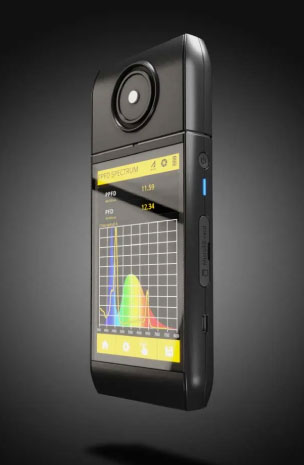
Spectral PAR Meter (Fig 1)

The Spectrum (Fig 2)
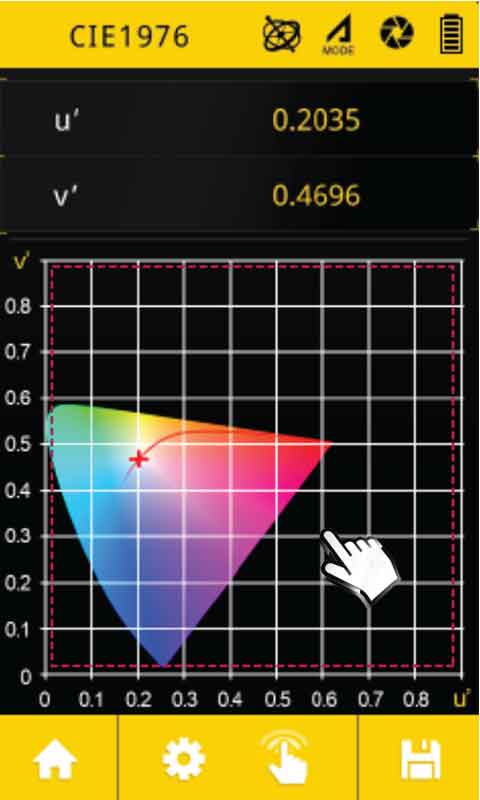
CIE 1976 (Fig 3)
Importance of colors in Photosynthesis
The process of photosynthesis relies on photons from different colors in the light. The wavelength (color) chart for photosynthesis (Fig 4) demonstrates that plants exhibit greater sensitivity to blue and red colors. If the light sources you use do not emit sufficient intensities of these colors, it will diminish the impact on your plants. However, Quantum PAR Meters are unable to assess color alignment because they solely count photons without perceiving colors.
(Fig 4) Photosynthesis & wavelength sensitivity chart
Different plants respond to different colors
The chart in Fig 4 provides a basic representation of the interplay between light color and photosynthesis. However, photosynthetic mechanisms have developed over thousands and millions of years, and plants have evolved in many ways to adapt to different light colors.
- There are many different types of photosensitive cells and they all react differently to different light colors.
- Plants under a canopy of other vegetation have adapted to take advantage of residual green and red light (Far Red) that still penetrates through the leaves.
- Blue light is known to trigger stem elongation
- Red light is known to affect flavor in fruits, seed germination
- Plants react to different hues of red to trigger seasonal flowering and fruiting.
These are just some of the reasons growers and researchers are using Spectral devices to uncover the secrets of evolution and gain an advantage.
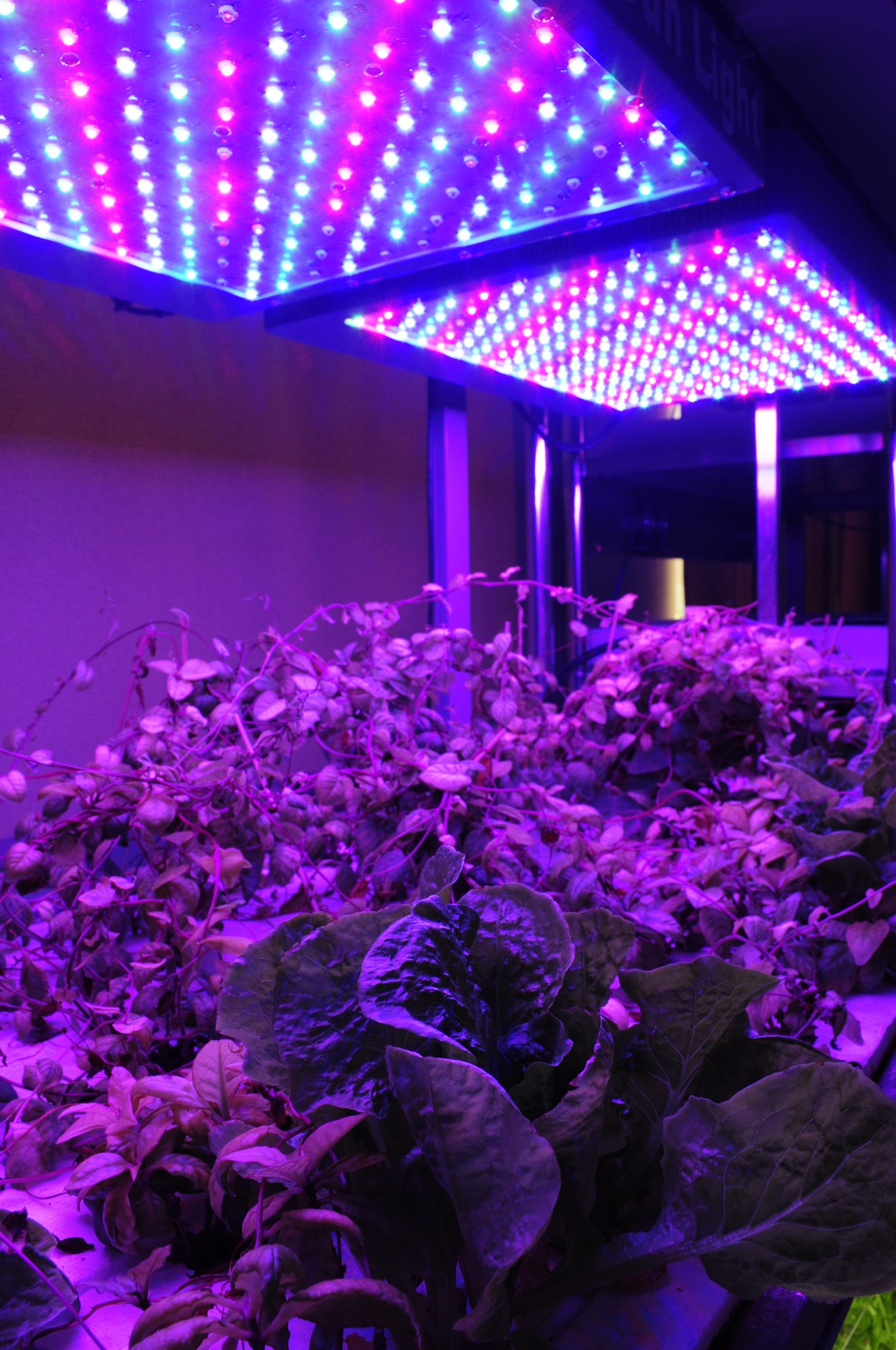
Image Courtesy of Taiwan HiPoint Corporation
Practical uses of a Spectral PAR Meter.
Researchers studying the interplay of light and plants are using Spectral PAR Meters to discover new strategies in indoor horticulture
Dynamic LED lighting – Advantages of tweaking colors
In the past, lighting for indoor horticulture was restricted to a preset color profile (e.g. 5000K). However, modern LED lights, equipped with arrays of red, green, and blue bulbs and a circuit board, allow for the programming of different color profiles.
This advancement, known as Dynamic LED Lighting, enables strategic control of light color in different greenhouse areas to manipulate plant growth, including stem elongation, lateral growth, and other plant morphology (see PSS below). A spectral meter becomes an essential tool to validate the quality and quantities delivered by these lights.

Photo by Anthony Roberts on Unsplash
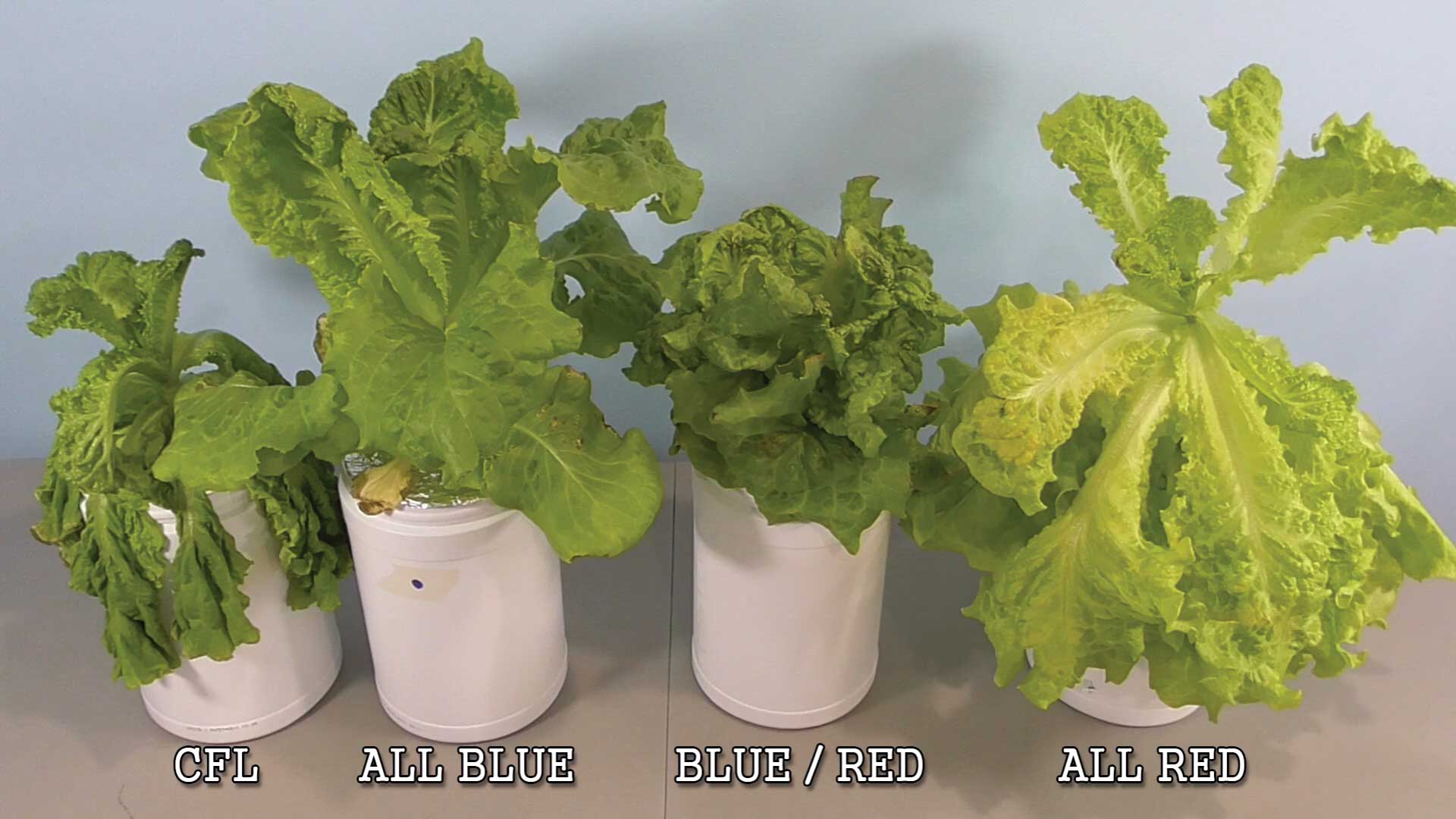
Photomorphogenesis – Image courtesy of Al Gracian, www.albopepper.com
PSS – Controlling the seasons with color
Farmers in general are at the mercy of seasonal patterns of sunlight and climate. And so getting your red roses to blossom in time for Valentines’ Day can be a challenging and worrisome endeavor.
Temperature and climate are easily controlled in a greenhouse environment, but the color of light also plays a role in seasonal changes from seed to plant to flower (photomorphogenesis).
Red and Far Red colors are emitted by the Sun in different proportions as the seasons progress to trigger these transformations. And now growers are using this knowledge to simulate seasonal change by manipulating Red and Far Red colors to their timely advantage.
Spectral PAR Meters with the PSS metric (Phytochrome Photostationary State) are used to manage this.
Full Spectrum versus Blue-Red Spectrum – Conserving Energy
The debate between Full spectrum and Blue-Red spectrum grow lights is still ongoing. However, estimates suggest that Blue-Red spectrum grow lighting can save around 10% in energy costs, which holds significant value for larger operations.
Growers use Spectral Meters to ensure that these narrow-spectrum grow lights are perfectly aligned with peak photosynthetic sensitivities, optimizing yield for the wattage used.

Blue Red Lighting

Full Spectrum Lighting
LED colors don’t last forever – The color shift
Some believe that as long as the LED light stays on, it is performing its job. However, LED lights experience a decline in color quality over time due to the effects of electricity and heat on the integrity of the LED materials. The photons emitted by the LED gradually lose energy, leading to a shift towards longer wavelengths, resulting in a color shift.
The timing of this shift largely depends on usage rates and the quality of the LED. Lights that utilize sub-standard materials and have poor heat dissipation tend to degrade at a faster rate. Nonetheless, it is difficult to determine precisely when this shift will begin to occur. Therefore, a spectral device is employed to monitor any color shift in the LED.

Photo by Vlad Chețan: https://www.pexels.com/photo/rainbow-across-the-road-during-daytije-2279334/
Purchasing your lights – Not all LEDs are created equal.
A 4000K LED light you own is not necessarily the same as a 4000K LED light you buy tomorrow. The manufacturing process of LEDs is complicated, and although companies strive for consistency in color, they can only provide a guaranteed Correlated Color Temperature, which represents a range rather than an exact color. Even if you purchase 10 LED lights from a manufacturer and then buy 10 more of the same lights six months later, they might exhibit slight variations in color.
This highlights the importance of having a Spectral Device – you can inspect the lights before making a purchase to ensure they meet your requirements.
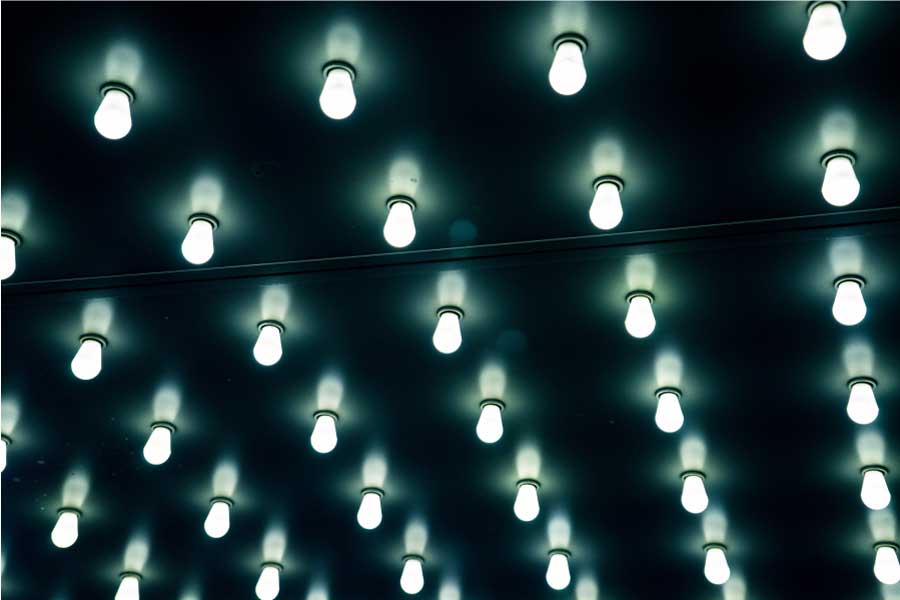
Photo by Evan Smogor on Unsplash
Quantum PAR Meters and Sensors can’t see colors. A Spectral PAR Meter can!
Researchers have recognized that growing plants with artificial lighting involves more than just counting photons; it encompasses the full spectrum of colors. This understanding is now permeating the indoor horticulture industry, empowering growers to acquire expertise in lighting. They utilize Spectral PAR meters to leverage the benefits of different light colors, enhancing plant yields, conserving resources, and making informed choices when purchasing lighting.
While Quantum PAR Meters/Sensors only count photons and cannot perceive colors, a Spectral PAR Meter performs both functions
Get our free Grow Light Handbook here.
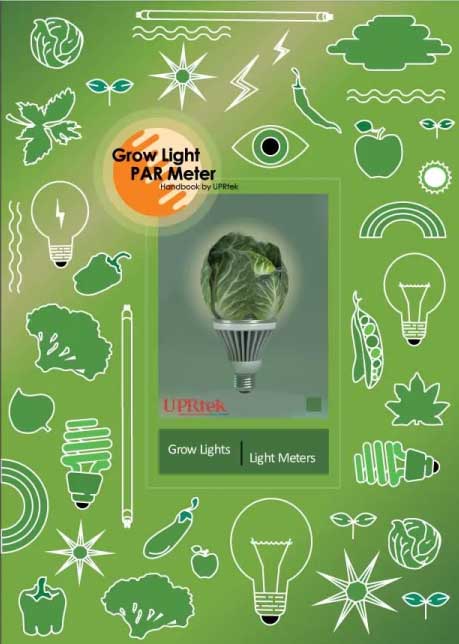
PG200N Spectral PAR Meter
Product page here
Hot Product
Handbook Series
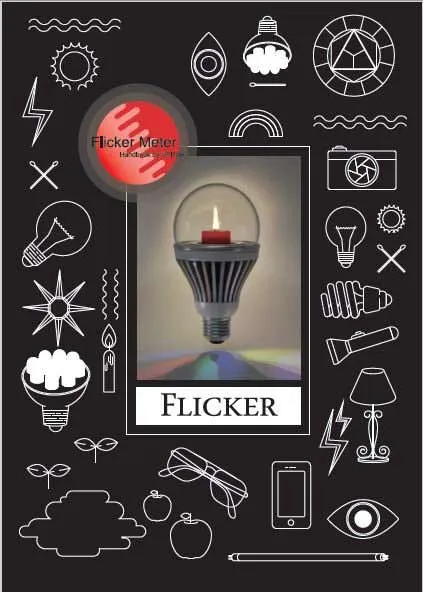
The Flicker Handbook
Everything thing you need to know about Flicker, an insidious, potentially serious lighting artifact impacting visual safety for public places like hospitals, offices, libraries, and more...
About UPRtek

United Power Research and Technology
UPRtek (est. 2010) is a manufacturer of portable, high-precision light measurement instruments; Handheld Spectrometers, PAR meters, Spectroradiometers, Light Calibration Solutions.
UPRtek HQ, R&D and manufacturing are all based out of Taiwan, with Worldwide representation through our certified Global Resellers.
Latest Articles
Category
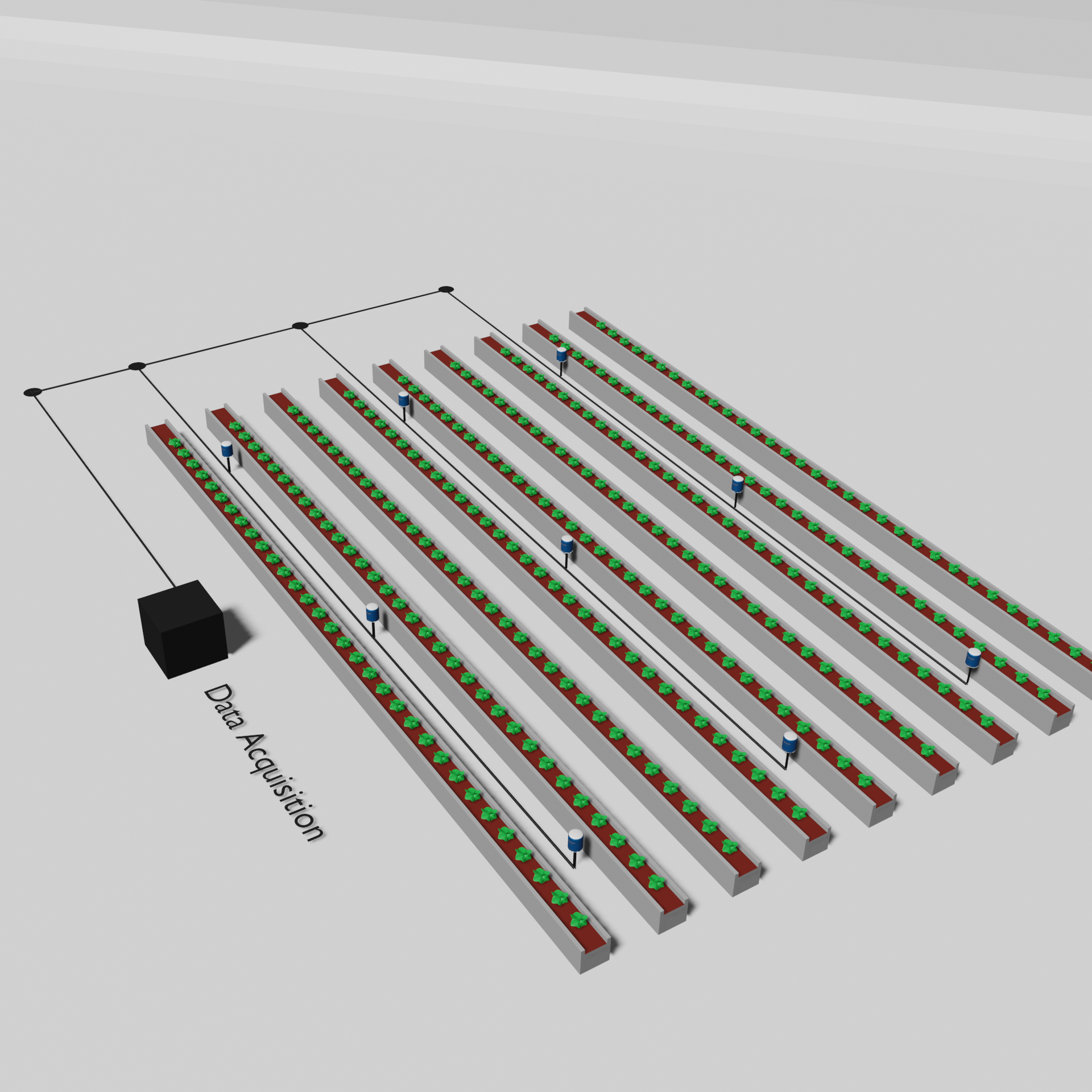


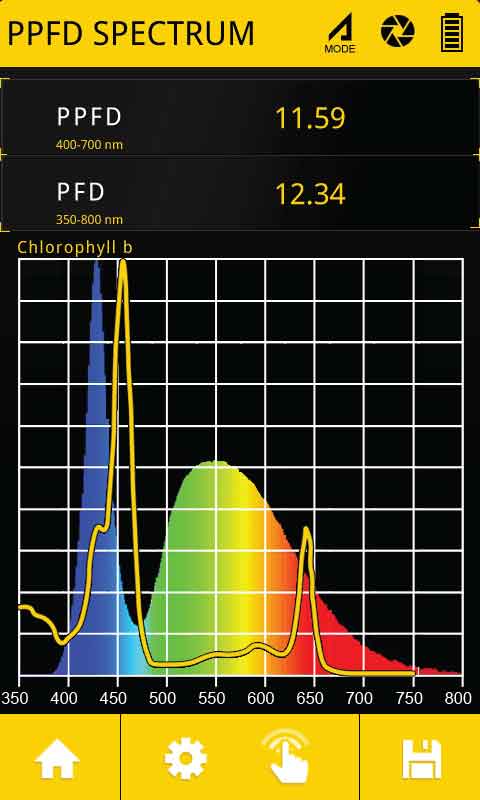
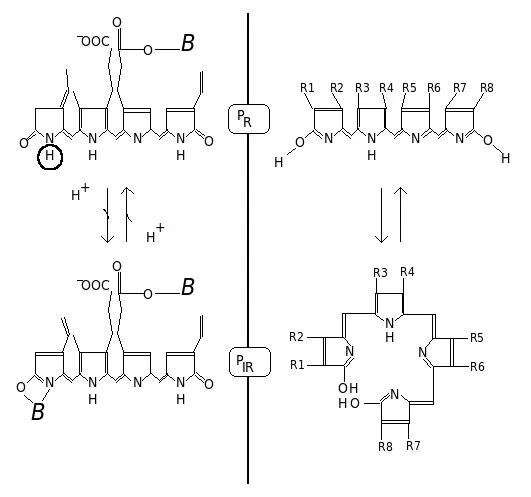
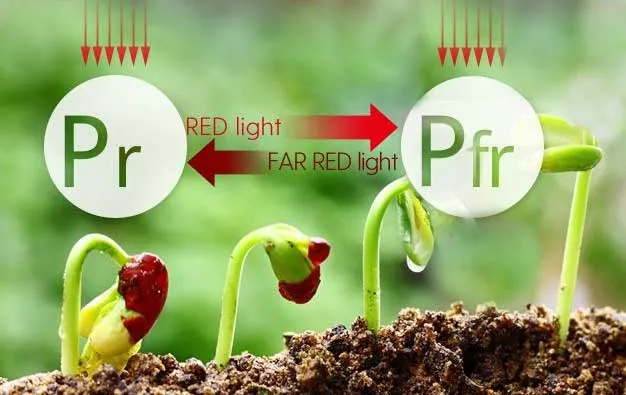
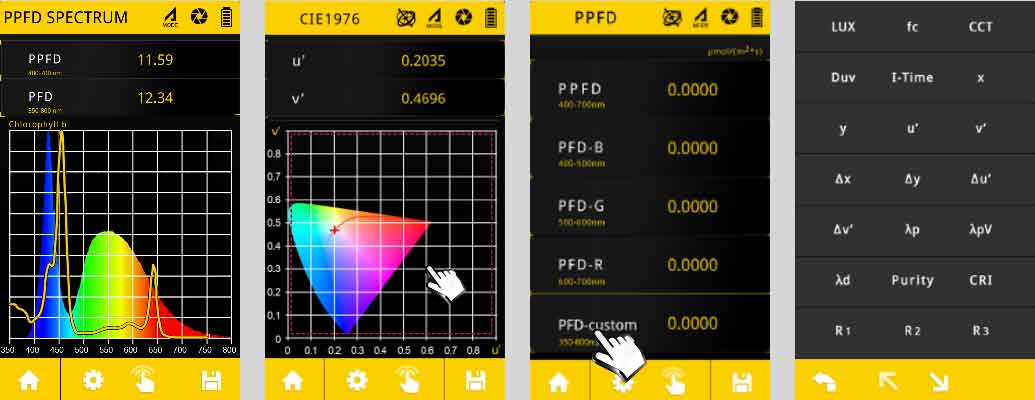







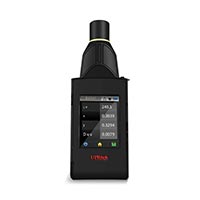

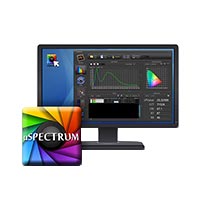
0 Comments